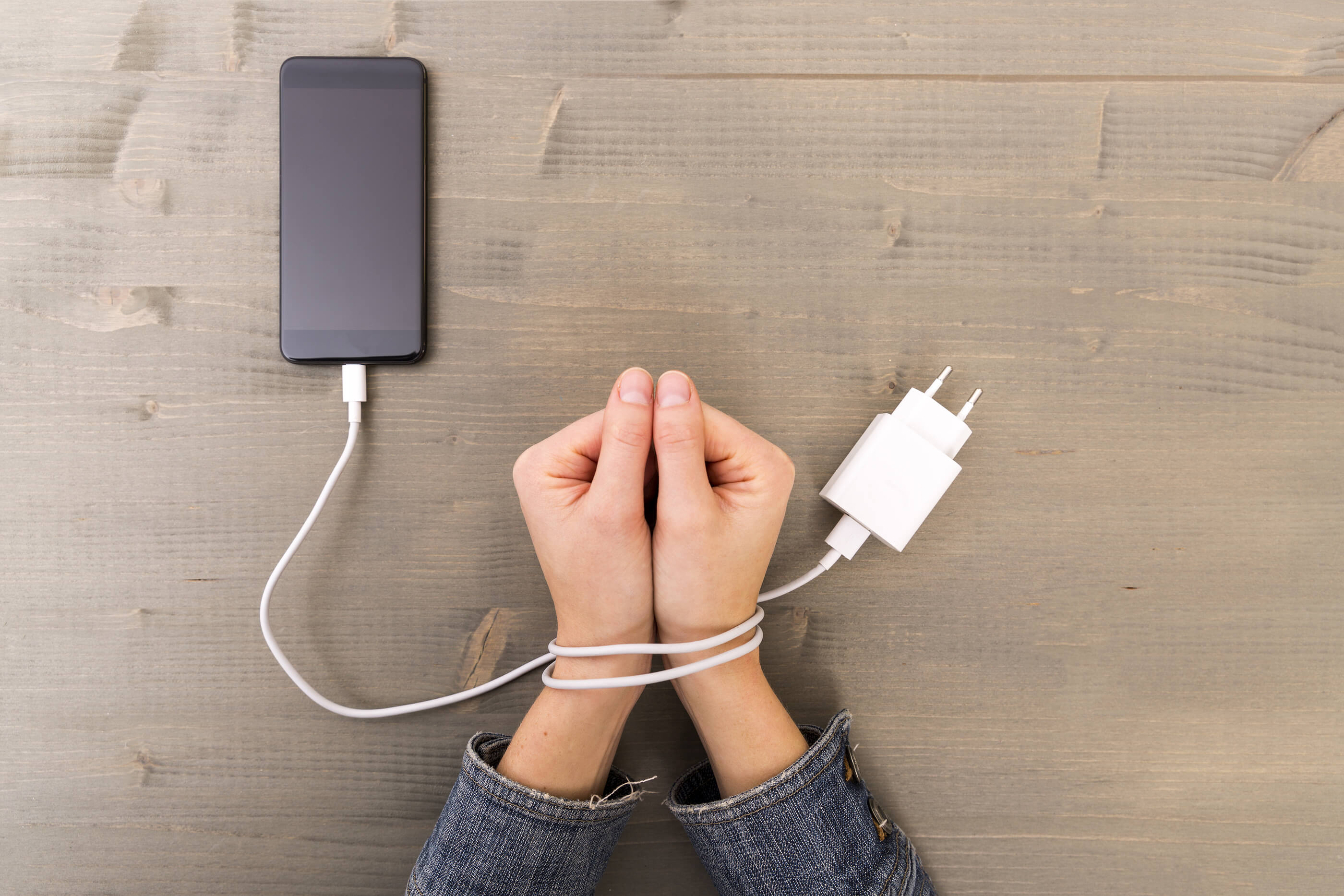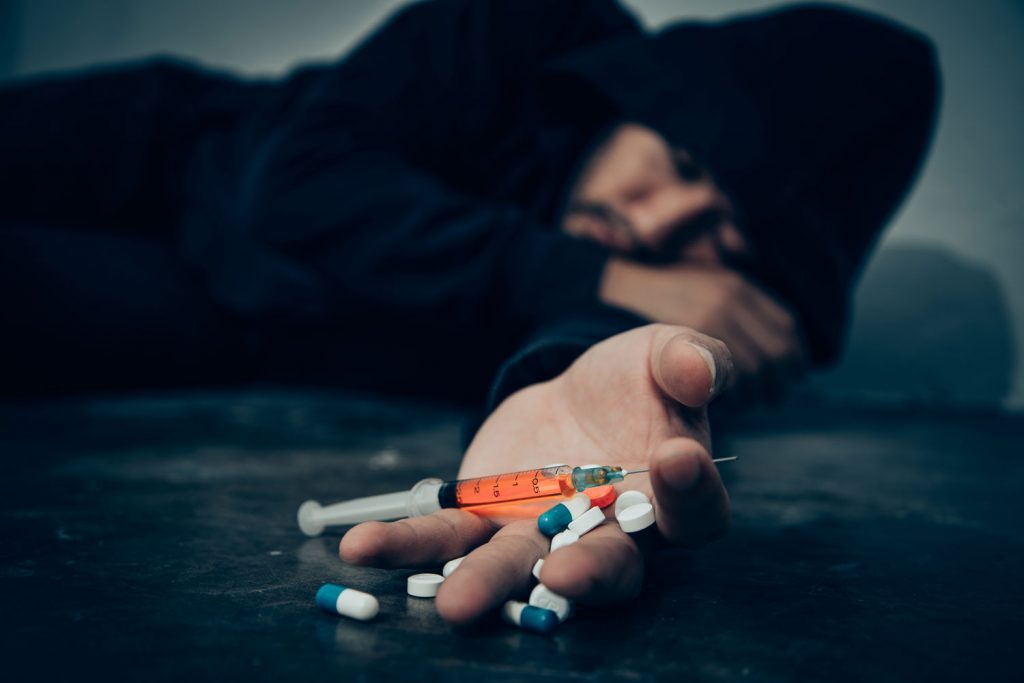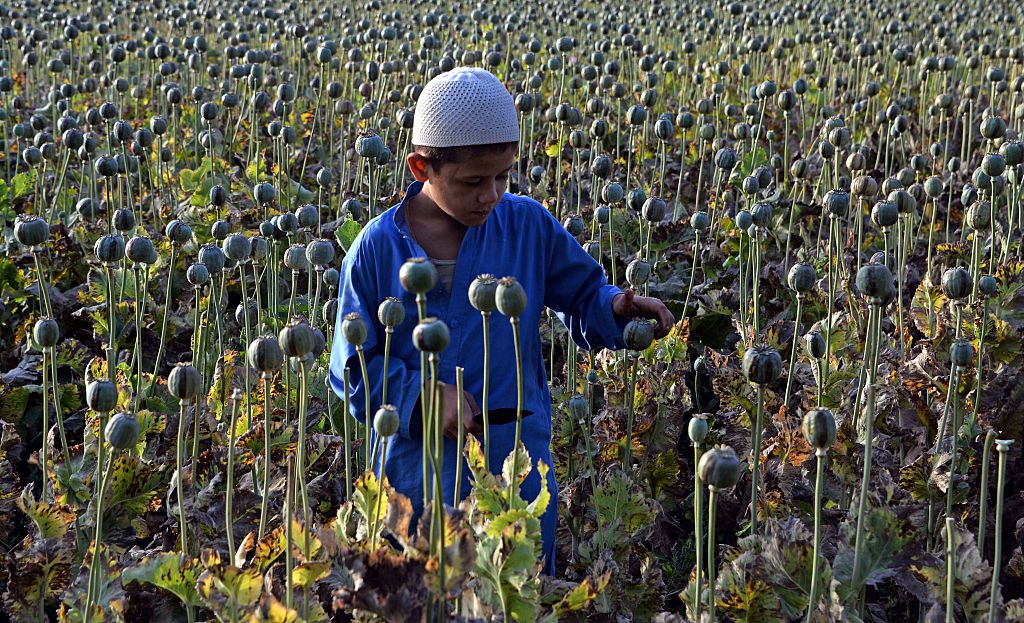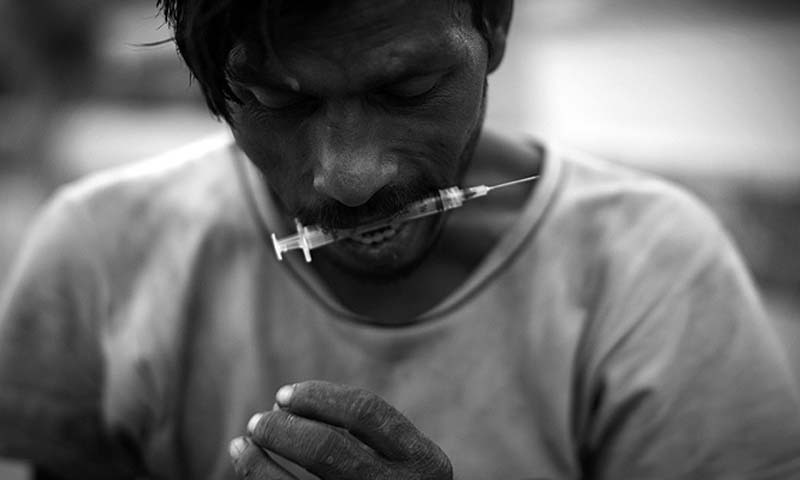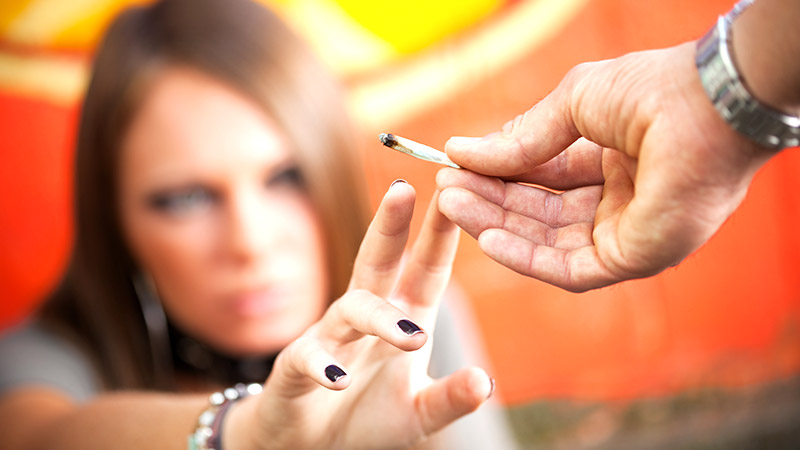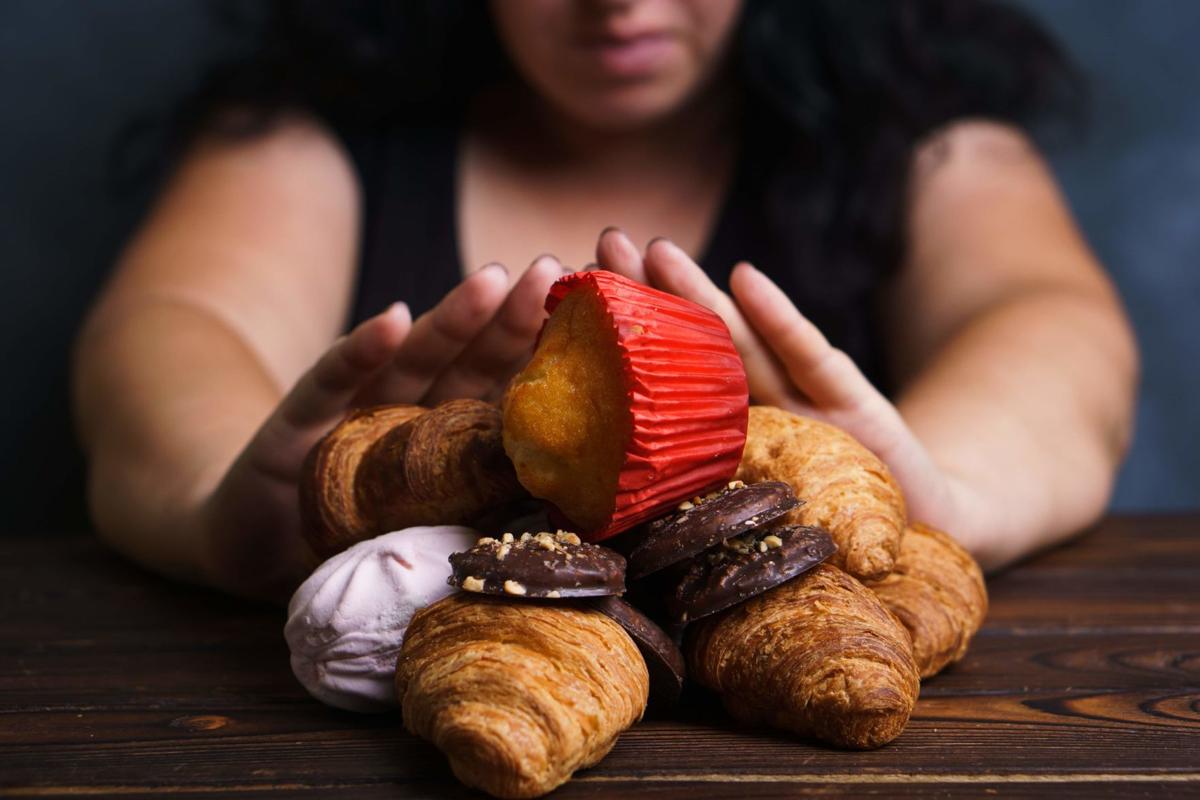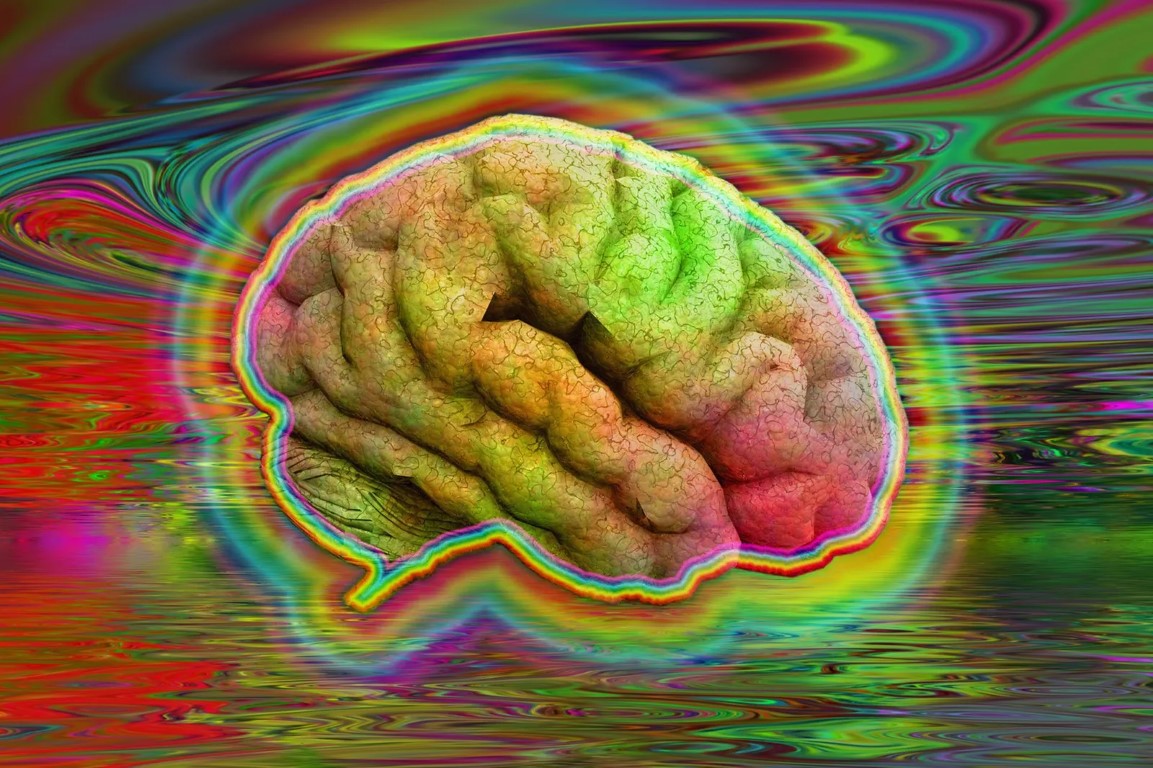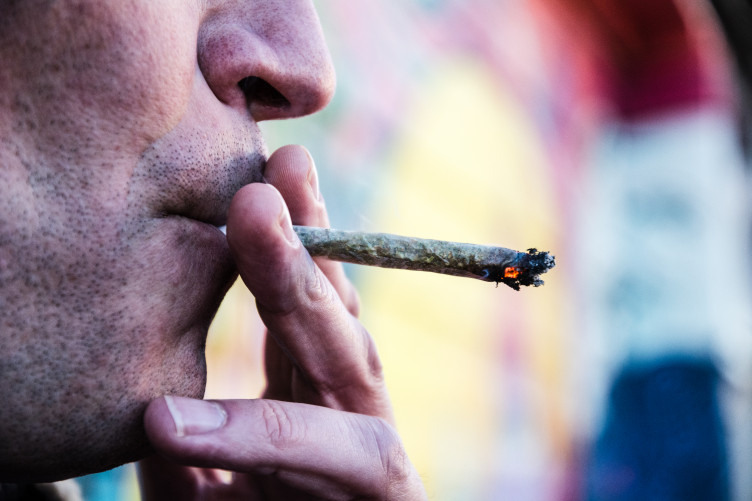
Street Drug Prices: What Addicts Really Pay
A comprehensive new study examining the long-term financial toll of substance abuse has revealed that heroin, oxycodone, and cocaine are among the priciest addictions one can develop. According to findings reported by CNBC, these three drugs can cost individuals over a million dollars across a span of 50 years—an astonishing figure that underscores the devastating economic impact of chronic drug use.
To break it down more specifically, the study calculated that maintaining a heroin habit—using the drug ten times daily—can lead to a jaw-dropping expenditure of approximately $318,500 over just five years. Someone using 80 milligrams of oxycodone once daily would shell out around $132,405 during that same five-year period. As for cocaine, a person using 1 gram daily would be out nearly $112,840 over five years. These figures don’t even factor in associated costs like legal troubles, job loss, or healthcare expenses—which only magnify the real price of addiction.
The research, carried out by the American Addiction Centers, went further and explored the costs of more socially accepted substances. Someone who drinks ten beers per day will spend upwards of $14,000 over five years. Daily cigarette smokers (10–19 per day) are likely to burn through $5,000 in that same period, while daily marijuana users—consuming the drug twice per day—can spend a staggering $43,000 across five years. These numbers highlight how substance use—legal or illegal—carries a significant financial burden that few consider until it’s too late.
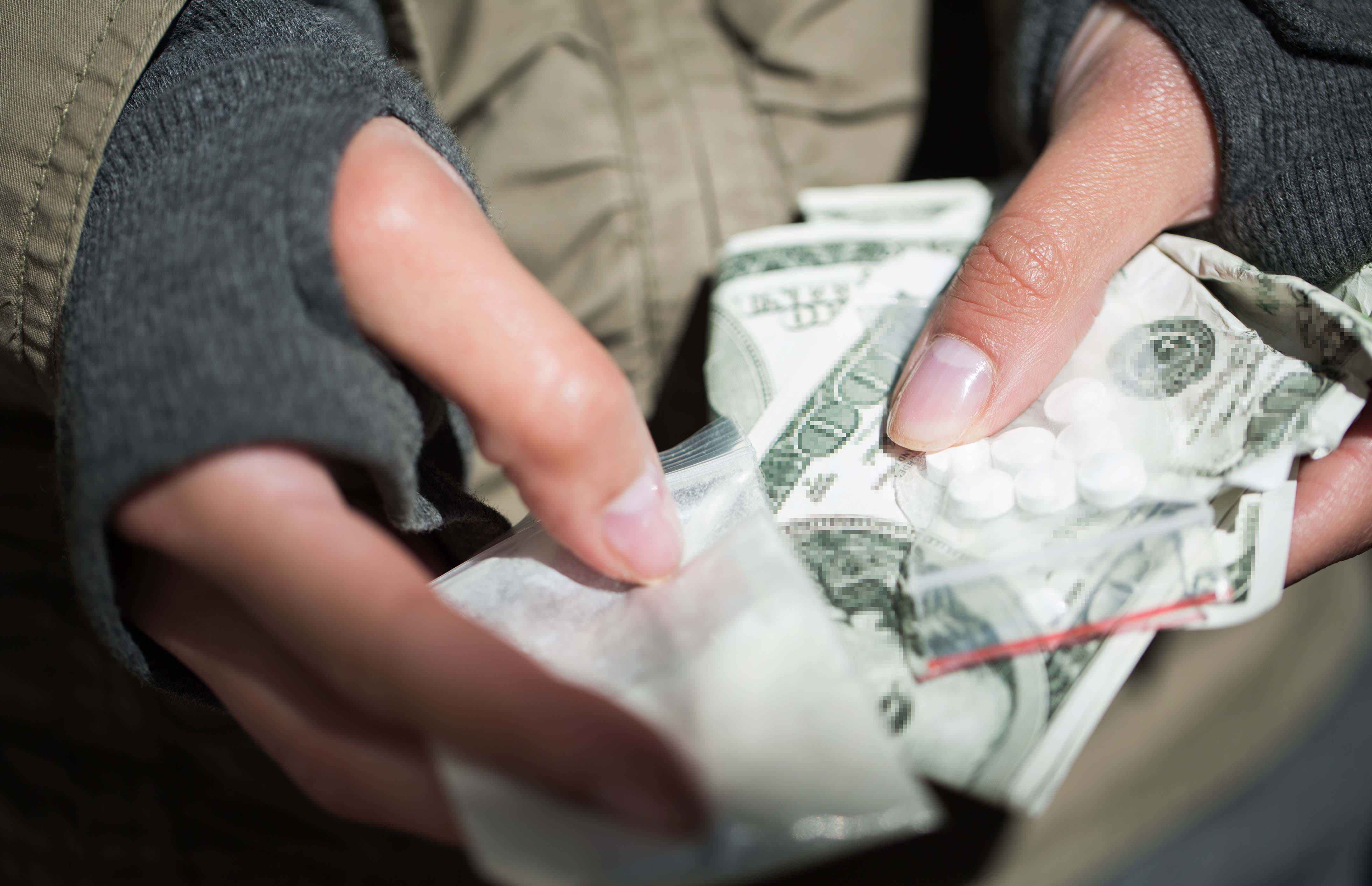
The Rising Cost of Street Drugs
For individuals battling addiction, the consequences go far beyond physical and mental health deterioration. It often leads to the loss of employment, broken relationships, and, in many cases, homelessness. However, before those tragic outcomes unfold, there's already an enormous economic cost—simply buying the drugs. And as demand grows and potency increases, so do the prices.
The Changing Price of Marijuana
Often referred to as a “gateway drug,” marijuana is widely accessible and can be smoked, vaped, or consumed as edibles. With numerous strains, potencies, and both recreational and medicinal forms now legally sold in many regions, marijuana pricing varies based on location and method of purchase—dispensary vs. street dealer.
Here are some insights into the cost and usage of marijuana:
-
A single gram of marijuana generally sells for $15 to $20, depending on quality and availability.
-
The high from marijuana typically lasts 4 to 6 hours, although this can vary based on the strain and method of ingestion.
-
A moderate user usually consumes about 1 gram per day, translating to a monthly expense of $450 to $600.
While not as costly as harder drugs, long-term daily use still leads to thousands of dollars spent annually—especially when paired with premium strains or edibles.

Heroin: The High Cost of a High
Heroin, a powerful and dangerous opioid, is typically injected but can also be snorted or smoked. Its potent euphoric effects make it one of the most addictive substances, and users often find themselves in a vicious cycle of frequent use to avoid painful withdrawal.
Here’s what the cost of heroin looks like:
-
A single dose (0.1g) costs $15–$20.
-
People with a high tolerance or advanced addiction may consume 10 or more doses per day, leading to daily costs as high as $200.
-
The drug’s effects are felt quickly but wear off within 2 to 6 hours, causing users to seek repeated doses throughout the day.
Maintaining a heroin addiction can become financially ruinous within months, let alone years.
Methamphetamine: Potency at a Price
Methamphetamine, or meth, floods the brain with dopamine, creating intense pleasure and alertness. It can be smoked, snorted, injected, or swallowed in pill form. Though cheaper than heroin for some users, meth’s addictive potential is extremely high, and the long-term financial burden is significant.
Some important pricing and usage details:
-
The average street price for a gram of crystal meth is around $80.
-
An “eight-ball” (3.5 grams) costs about $200.
-
A single dose—roughly 0.25 grams—runs $20, with effects lasting 6 to 24 hours depending on tolerance.
Meth is often used in binges, leading to repeated spending over short periods, rapidly draining a user’s resources.
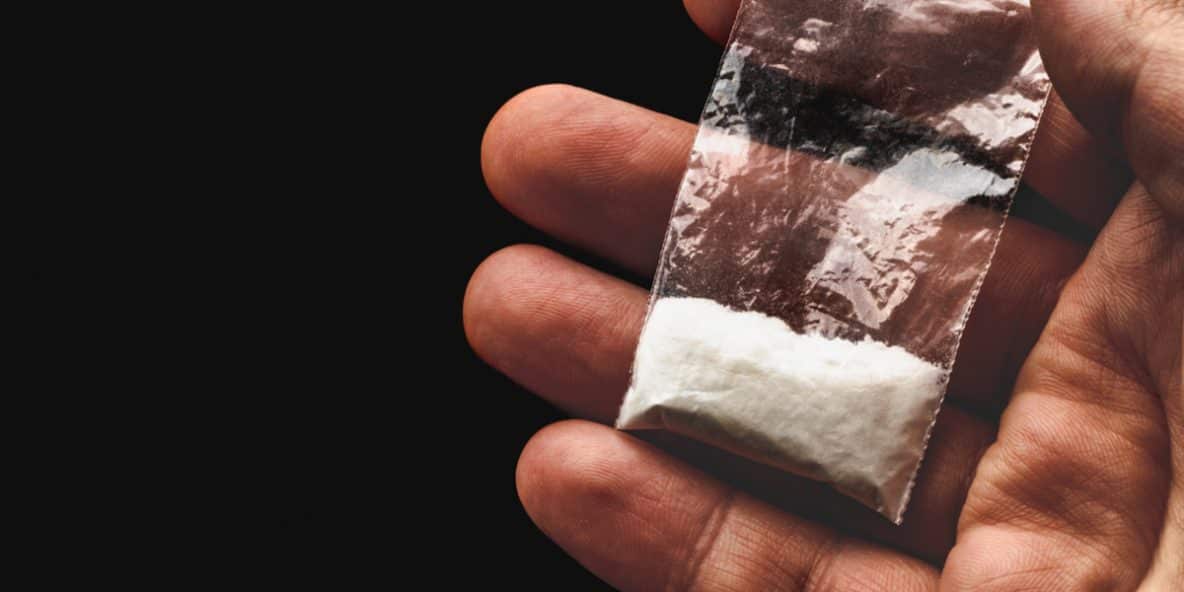
Cocaine: A Costly High With Short-Lived Effects
Cocaine is typically snorted but can also be smoked (as crack cocaine) or injected. While its euphoric rush is powerful, it’s also fleeting—prompting frequent re-use.
Quick facts on cocaine usage and pricing:
-
A gram of cocaine goes for $100–$120 on average.
-
A single “line” is about 50 milligrams, so one gram yields around 20 uses.
-
The high lasts only 30 minutes, making frequent re-dosing common.
-
Daily users can spend over $120 per day, totaling more than $3,600 per month.
Even occasional users may find the drug's price unsustainable, especially if cravings escalate.
Hallucinogens: Trippy But Not Cheap
The world of hallucinogens is diverse, covering everything from ecstasy and mushrooms to powerful synthetic drugs like LSD and PCP. While many assume these drugs are occasional “party enhancers,” regular use still comes with a financial tag.
MDMA (Ecstasy)
This synthetic stimulant and hallucinogen is typically taken as a pill, which varies in shape, size, and color—often branded with cartoon logos or familiar symbols.
Key facts:
-
Each pill contains 70–100mg of MDMA.
-
A single dose costs $15–$25.
-
Effects last 3 to 6 hours, and users often take multiple doses in one night.
MDMA’s popularity in party culture masks its expense when used routinely.
Ketamine
Originally a medical anesthetic, ketamine is now used recreationally for its dissociative and hallucinogenic effects.
What to know:
-
Available in powder, pill, or liquid form.
-
A typical dose (50–100mg) costs around $25.
-
The high lasts 4 to 6 hours, often described as an “out-of-body” experience.
Though not as commonly abused daily, the cost still adds up quickly with repeated use.
PCP
Phencyclidine, or PCP, shares dissociative properties with ketamine and is known for unpredictable effects.
Important cost breakdown:
-
Users usually consume 1–5mg per dose.
-
A gram of PCP powder is priced between $20–$30.
-
The effects can linger for 6 to 48 hours, depending on the amount and form consumed.
Due to its erratic nature, some users take smaller amounts, though frequency still affects cost.
Psilocybin Mushrooms
Often called “shrooms,” these natural psychedelics contain psilocybin, a compound that alters perception and mood.
Key points:
-
Typically consumed orally—whole or ground into food or drink.
-
Standard dose is an eighth of an ounce, priced at $20–$25.
-
Effects last about 4 to 6 hours.
Some users microdose regularly, further increasing expenses.
LSD (Acid)
LSD is a potent synthetic hallucinogen derived from fungus. It's consumed via liquid drops, tablets, or paper blotters.
Pricing and usage overview:
-
A single dose contains 50–150 micrograms.
-
Each “hit” costs between $5–$20.
-
A “trip” may last 12 to 24 hours, with lingering after-effects.
Though infrequent use keeps cost lower than heroin or meth, repeated trips lead to long-term spending.
Final Thoughts: The True Price Is More Than Money
The cost of drugs isn’t just measured in dollars. Addiction exacts a heavy toll on mental health, physical well-being, social life, and personal freedom. While the price tags listed throughout this article may shock many, they are only one small part of the full cost of drug dependency.
For anyone struggling with substance use—or concerned about someone else—knowing these financial figures can be a powerful motivator to seek help. Because recovery, while not always easy, is far less expensive in every sense of the word.




